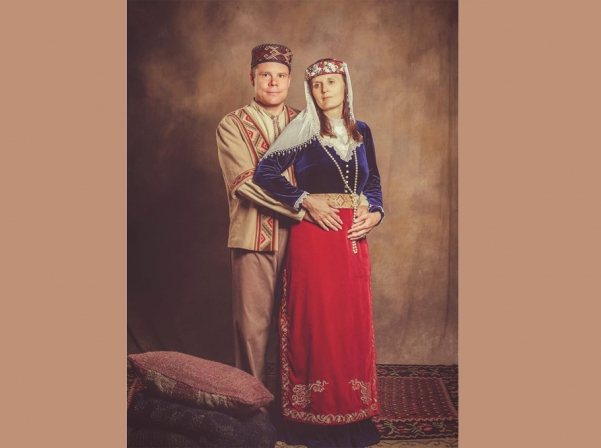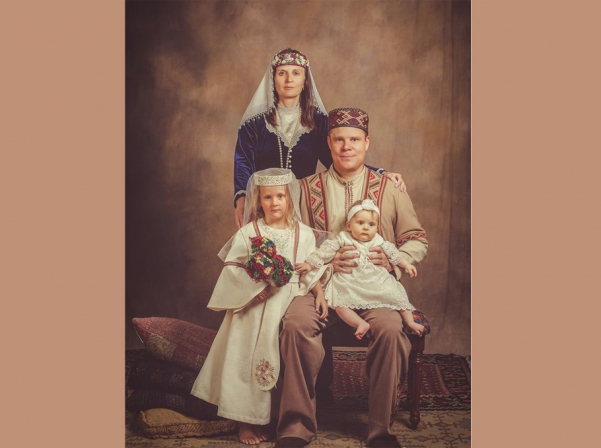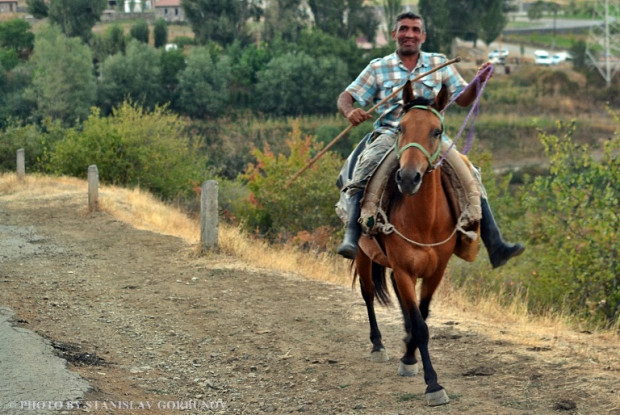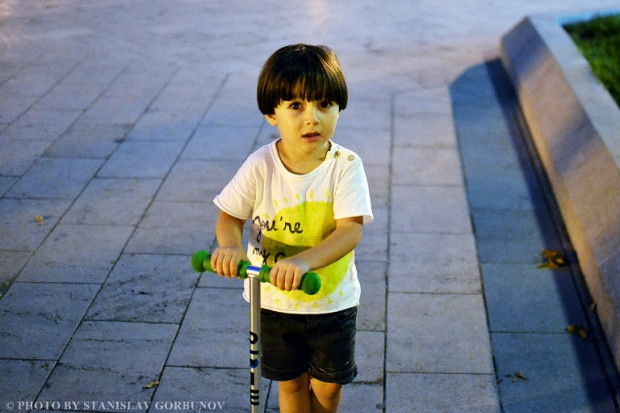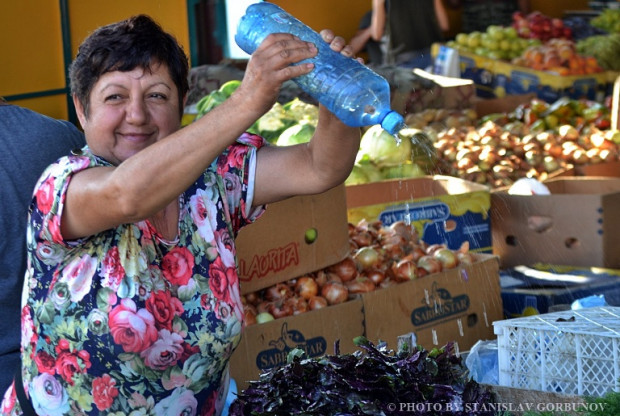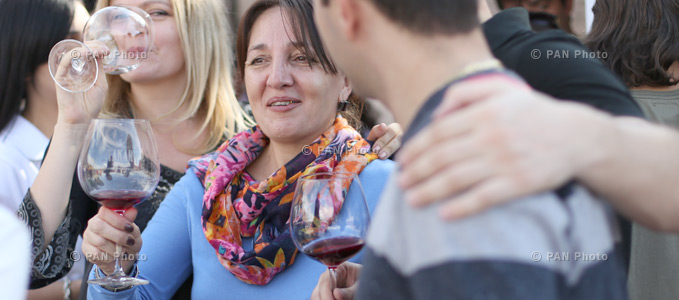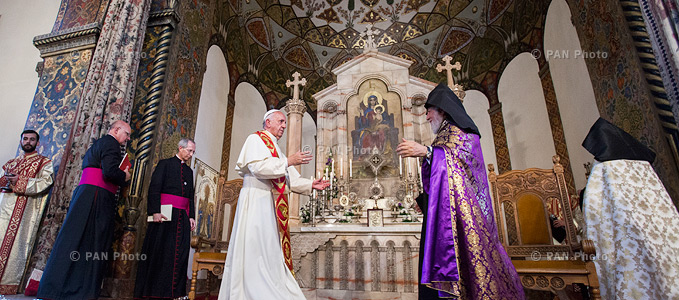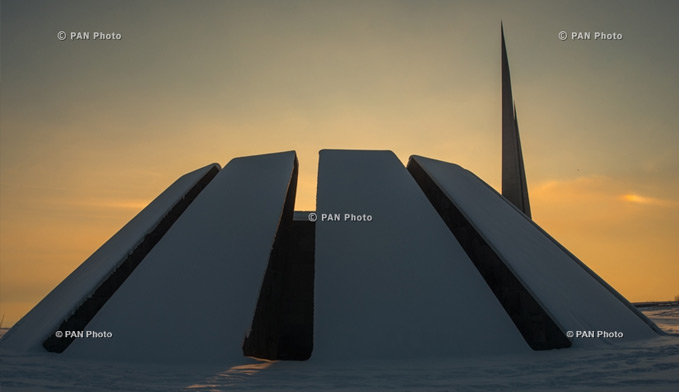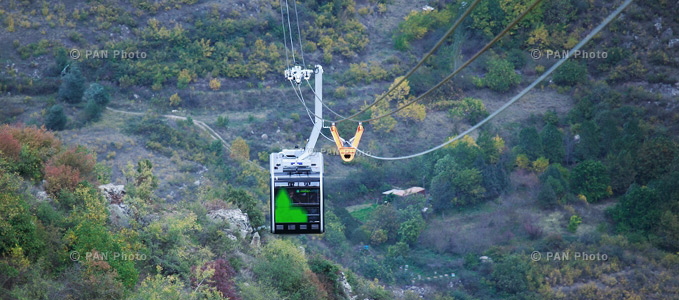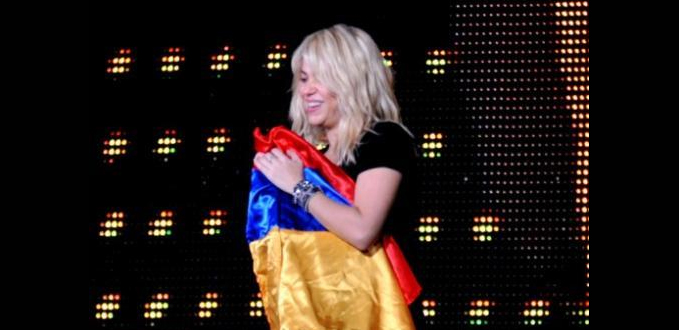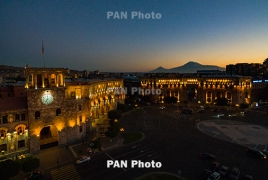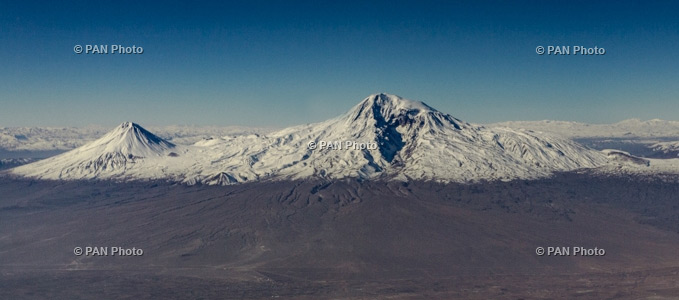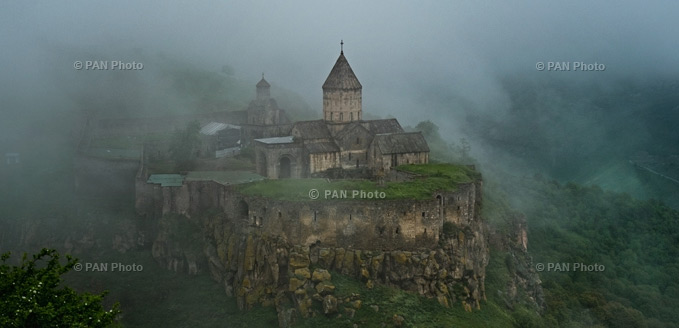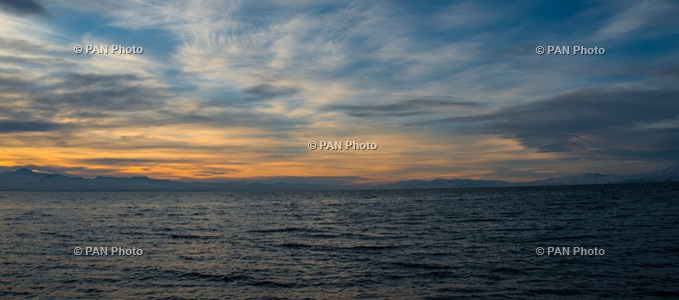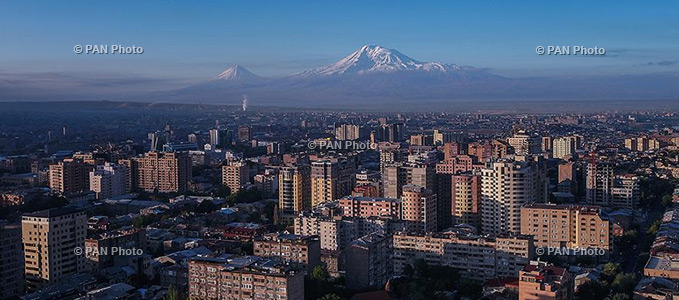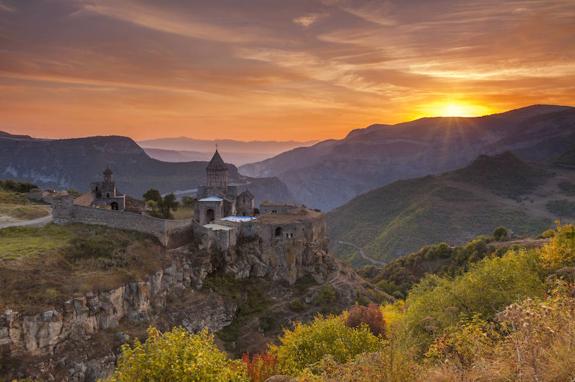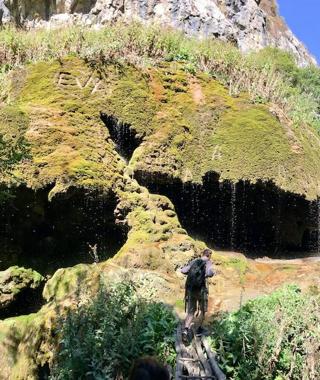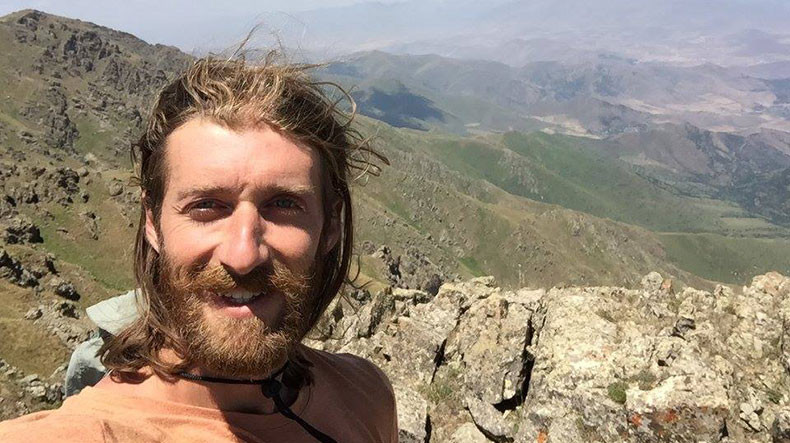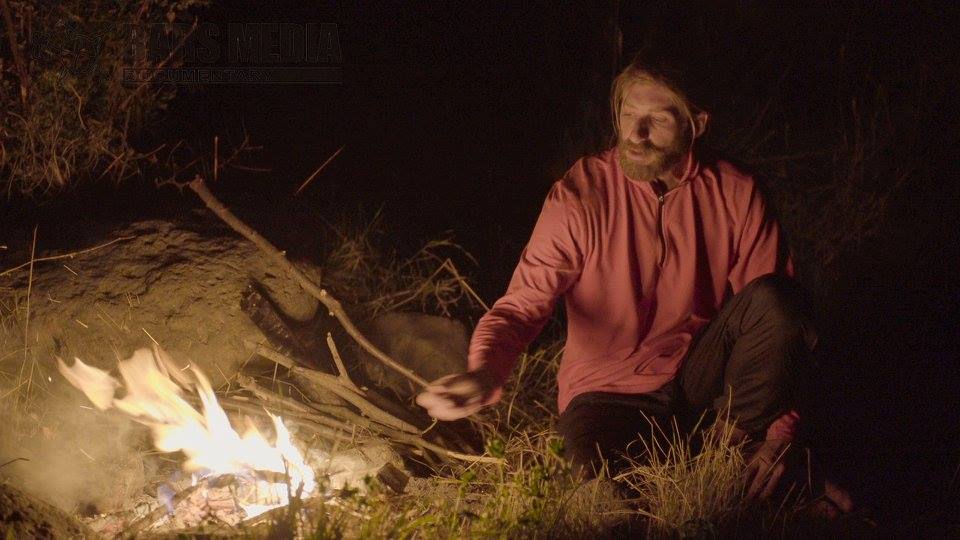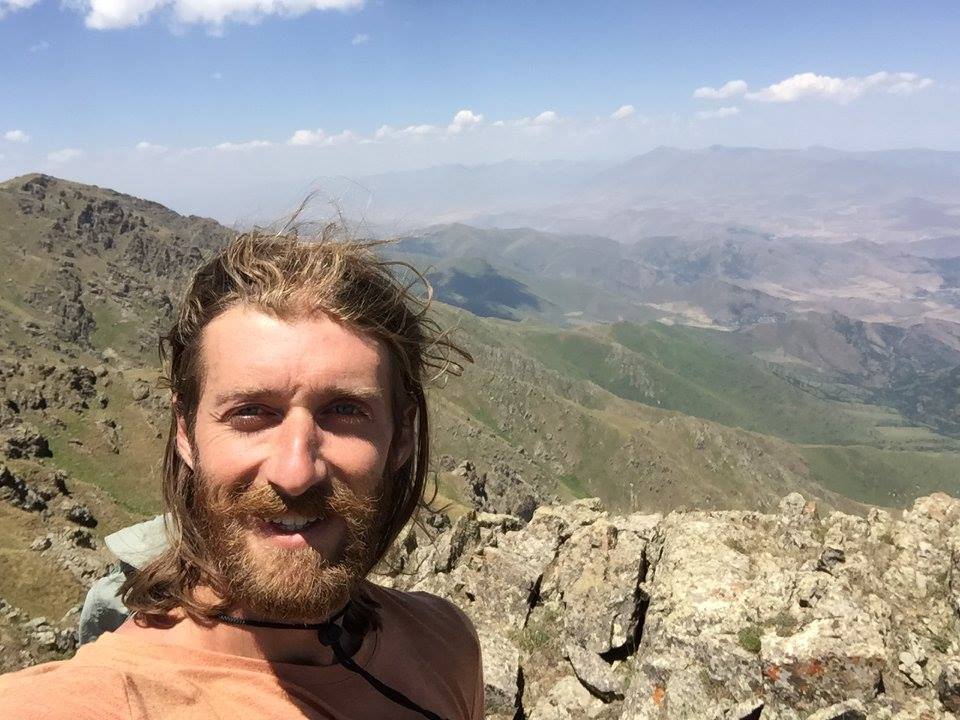Masala.com
Friday, 21 July 2017

It’s strange that despite an overwhelming history, inspiring culture and stunning natural beauty, Armenia hasn’t found itself on the world’s best travel destinations list yet. This Caucasian nation has a rich heritage laced with art and mind-blowing architecture that sits comfortably with its modern outlook making it a wonderful country to discover. A place that leaves you intrigued by its history, amazed by its monuments and charmed by its simplicity, travelling here is a mix of the old and the new.
The most popular touristy sites are the incredible, ancient monasteries but there is enough in its amazing landscape to explore for adventure lovers. The capital, Yerevan, especially, is delightful with its modern malls and historic old buildings. Put this all together and you have a great travel experience so close to Dubai.
HOW TO GET THERE
A flight takes less than three hours from Dubai to Yerevan and Indian nationals with UAE residence visa get visa on arrival. The visa at Yerevan airport will cost you USD6 and you’ll be out of the airport in no time.
We chose Air Arabia direct flight of about two and a half hours to Yerevan in Armenia and we got a very sweet deal of return airfare, hotel stay with breakfast for under Dhs1000 per person. Yes, it’s that easy! There are other airlines like Qatar Airways and FlyDubai that fly to Yerevan.
WHAT’S GREAT ABOUT IT
- From its pedestrian modern street of North Avenue with all big brands to basement bars and pubs on Pushkin Street, Yerevan city is a must-visit. It has a great mix of the old and the new.
- The statues throughout the city and the art in its buildings are something you can stare at for hours.
- The Vernissage is an open-air market in the city centre and it’s a veritable treasure trove of mini barrels, wooden chess sets, handmade jewellery and paintings. We did our entire souvenir shopping from this stunning market.
- The architecture of this city is gorgeous. Its old buildings, facades, churches and monasteries are beautiful with some unique stone and wood carving.
- The drive to other attractions near Yerevan like Khor Virap and Noravank Monastery is interesting with Mount Arafat always in view.
- The small town of Areni, well known for its fruit grape is quite stark but the taste of the beverage makes up for the starkness. These are special fruit grapes that are all organic.
- The organic food and drinks that you get everywhere in Armenia is healthy and fresh.

WHAT IS OVERRATED
- The churches and monasteries can get a tad boring. Don’t get me wrong, they are beautiful but there are just too many. If you have seen the important ones, you’ve seen them all. The main attractions in Armenia are the monasteries all over the country.
- Khor Virap Monastery is one of those buildings that is being rebuilt since the sixth century. Legend has it that pagan King Trdat III imprisoned St Gregory the Illuminator (Surp Grigor Lusavorich) here for around 12 years. We went down a metal ladder into the well where the saint was incarcerated. It’s a stark circular room and gets very crowded. There’s no one to monitor the up and down traffic to the well.
MUST-DOs
- Free walking tour in Yerevan. Use Yerevan Walking Tour, led by Vako who knows all the stories, legends and is an artist himself. He takes you to interesting places and ends the tour at a local pub, which is cheap and full of youngsters. See this: www.facebook.com/Yerevan FreeWalkingTour/
- Visit the History Museum of Armenia in Yerevan. One of the iconic buildings with a fountain in the front, it houses two museums. The history museum has an extraordinary collection of Bronze Age artefacts with many of the items excavated in the 1950s. The building also has the art museum on one floor, which shows the history of Armenian art.
- Take a day trip to Areni village and cave and Noravank monastery. Archeologists discovered the 6100-year-old winery, in 2007 at the Areni caves. The urns and pots are as it is and there are other ruins as well. Whereas the Noravank monastery is a 13th century church, atop a hill, with a stunning stone staircase jutting out of the building. It’s a bit hard to climb up and down but it’s worth the adventure.
- Visit the Garni Temple outside Yerevan. Armenia’s King Trdat I built it in 1st century AD. Overlooking the Azat River, the temple was dedicated to the heathen sun god, Mitra. Large parts of the temple were destroyed in the 1679 earthquake. The Parthenon-like structure was rebuilt between 1969 and 1975.

Stunning Landscape
THE FOOD
- Armenian cuisine has some specialty, though it has been largely influenced by its history and neighbouring countries. Dolma is a grape leaf in which vegetables and meat are wrapped and this dish is available everywhere.
- Zhingyalov hats is a type of flatbread like naan, stuffed with finely diced herbs and green vegetables. It is a vegetarian and traditional dish of Armenians from Nagorno-Karabakh. In Yerevan there’s a restaurant by the same name that only serves this dish.
- When it comes to food, visit Yerevan Tavern, just off Republic Square. They have traditional Armenian dishes, great local grape and also Khachapuri from neighbouring Georgia. You might find the staff a bit snooty if you go during peak times, but don’t let them get to you. Their menu has some great veg options.
QUIRKY FACTS
- Armenia was the first nation to adopt Christianity and they have a church to prove that. Holy Etchimiadzin church was built in early fourth century.
- Chess is taught in Armenian schools. Beautiful wooden chessboards in wood are available at Vernissage market.
- Apricot is one of the symbols of Armenia. The orange colour of the flag comes from the fruit. Apricots are sold everywhere, from fresh and dried fruit, juice to apricot flavoured grape.











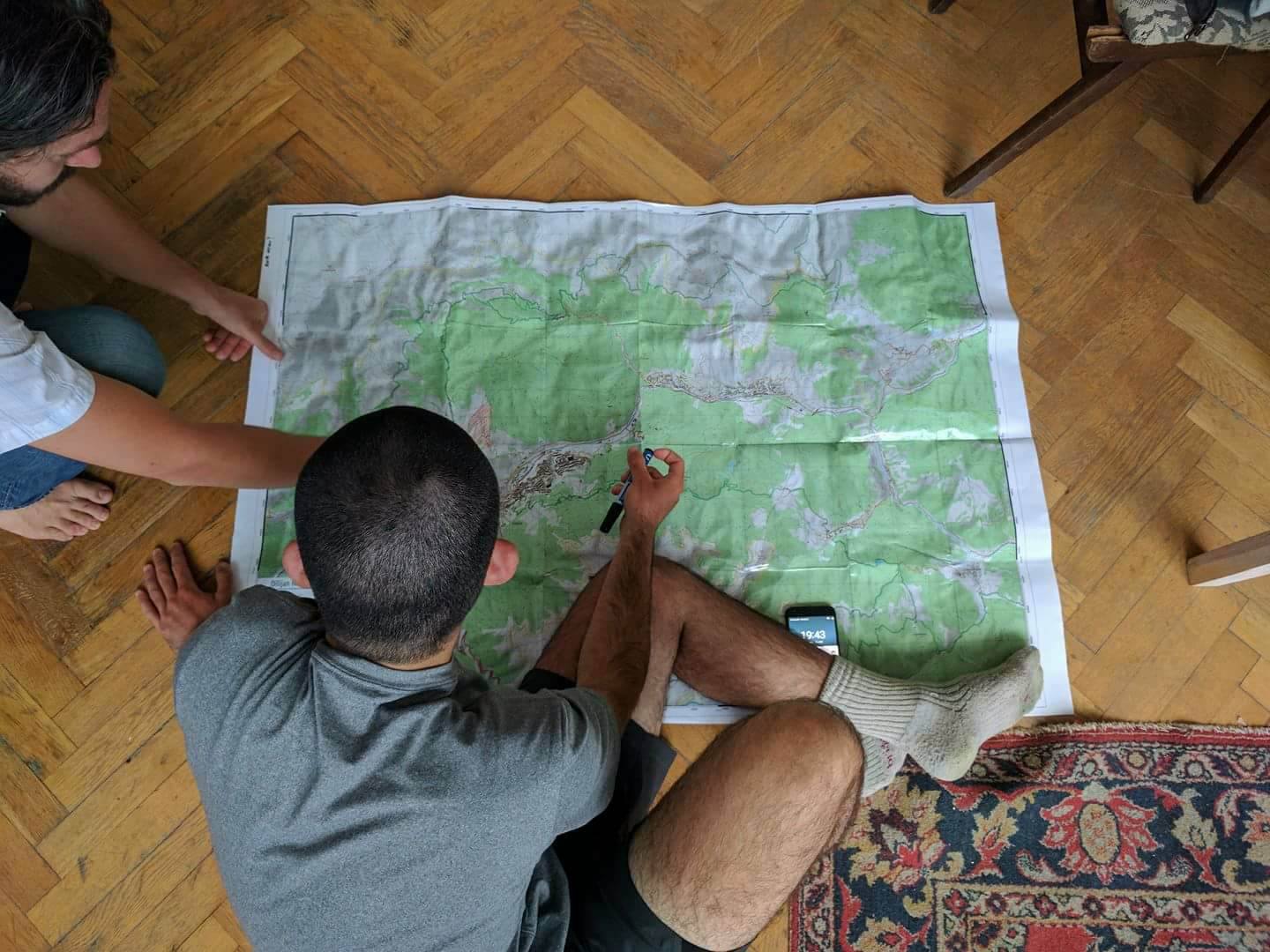
.jpg)
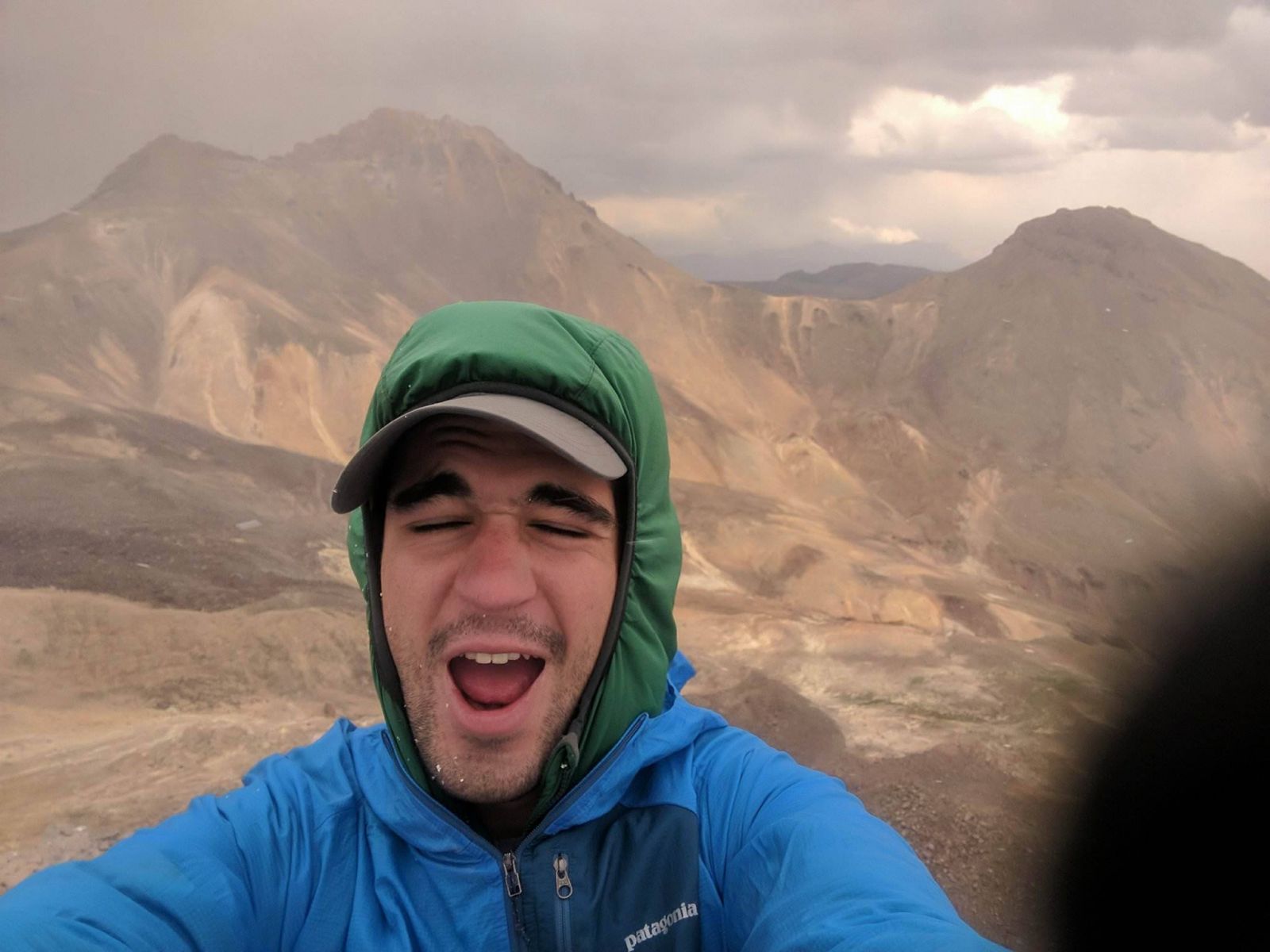
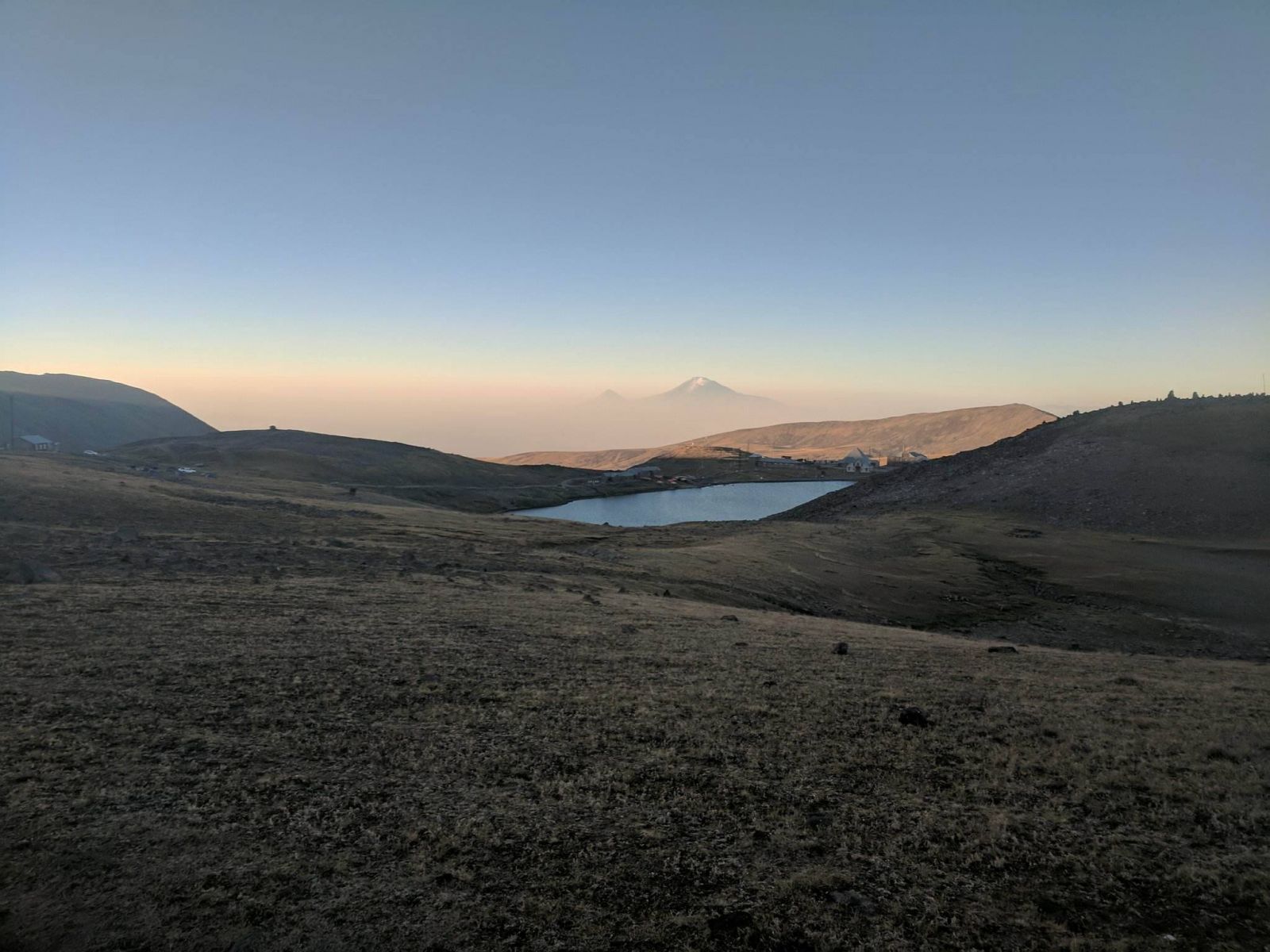
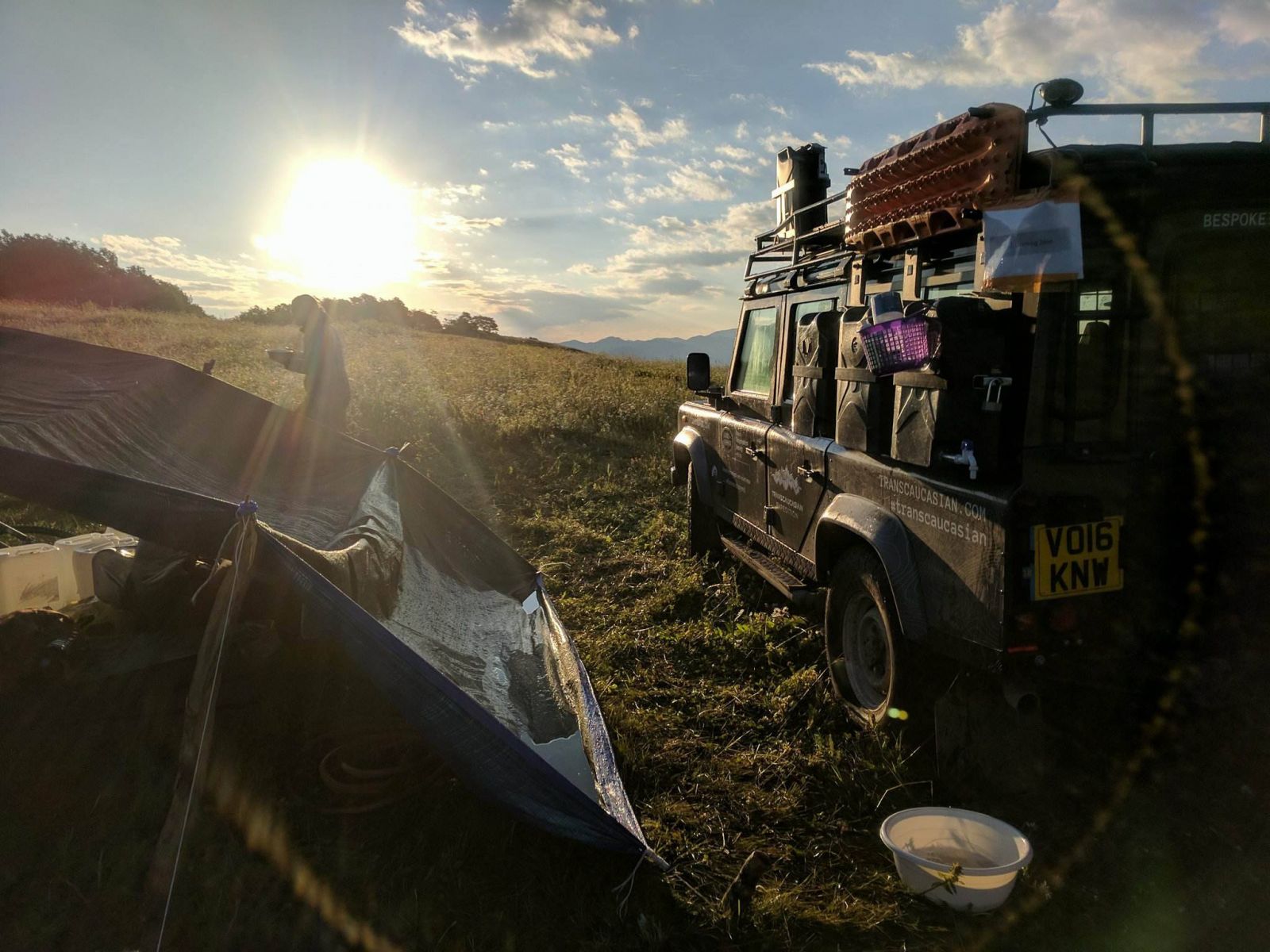
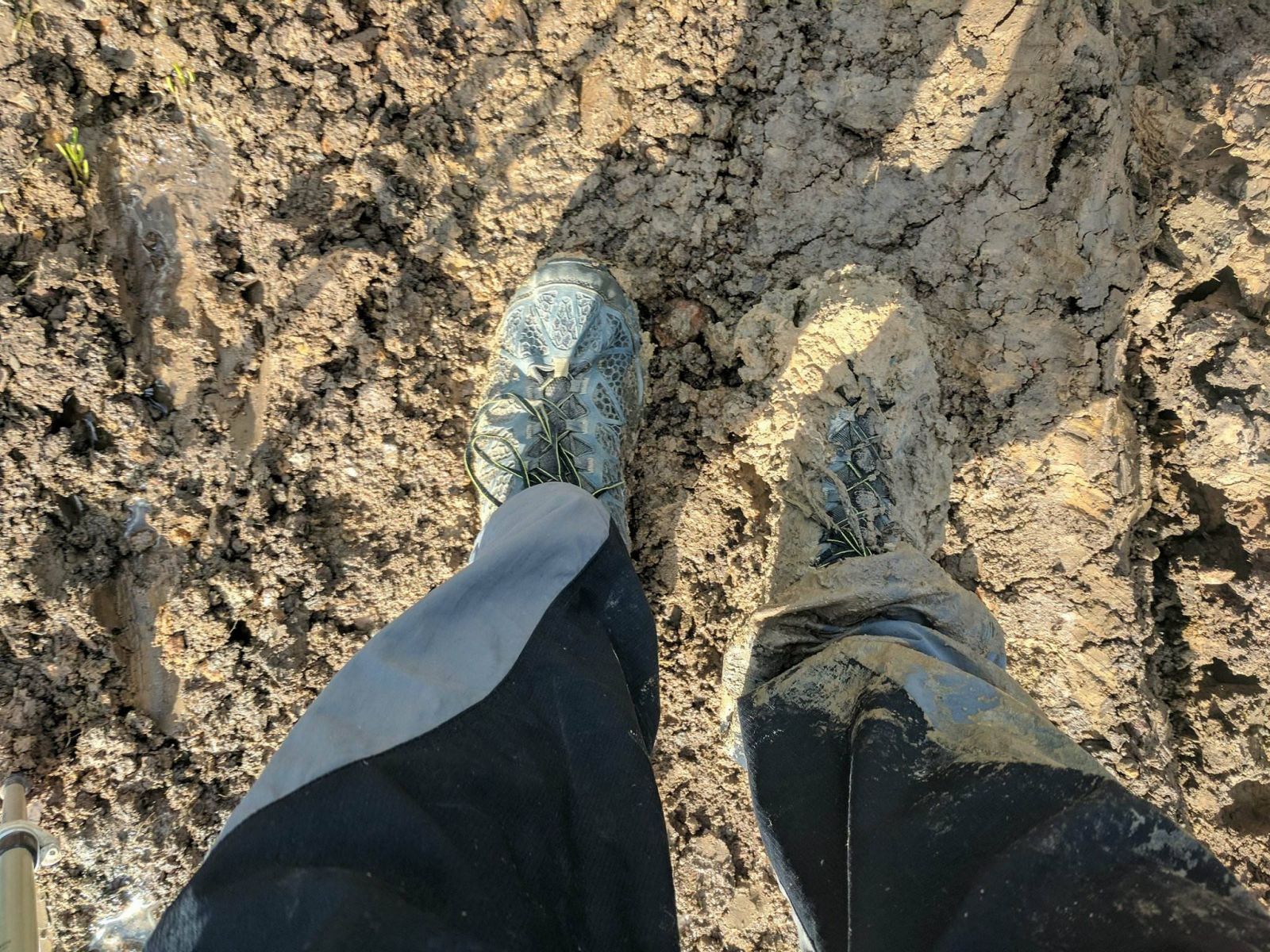
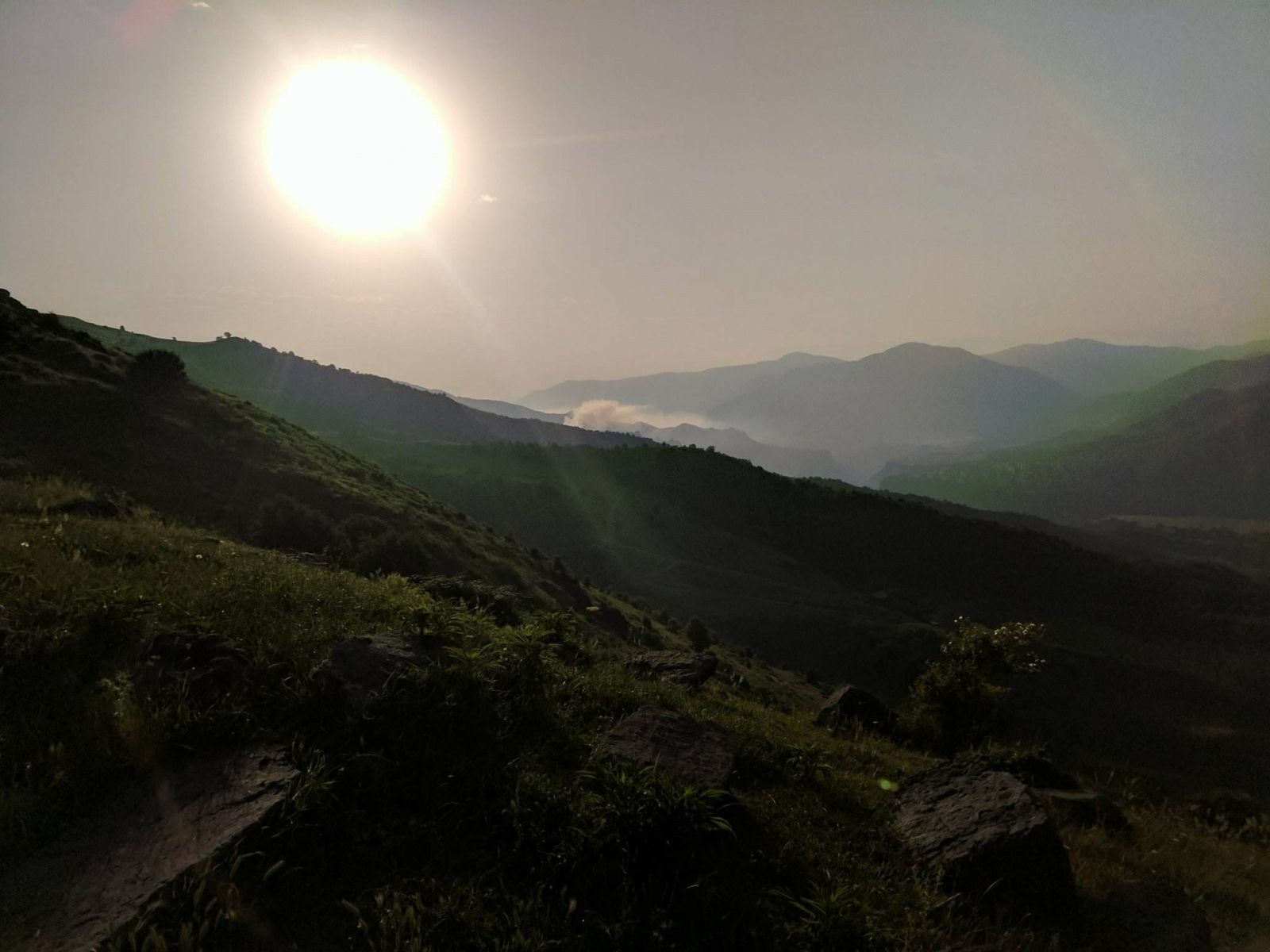
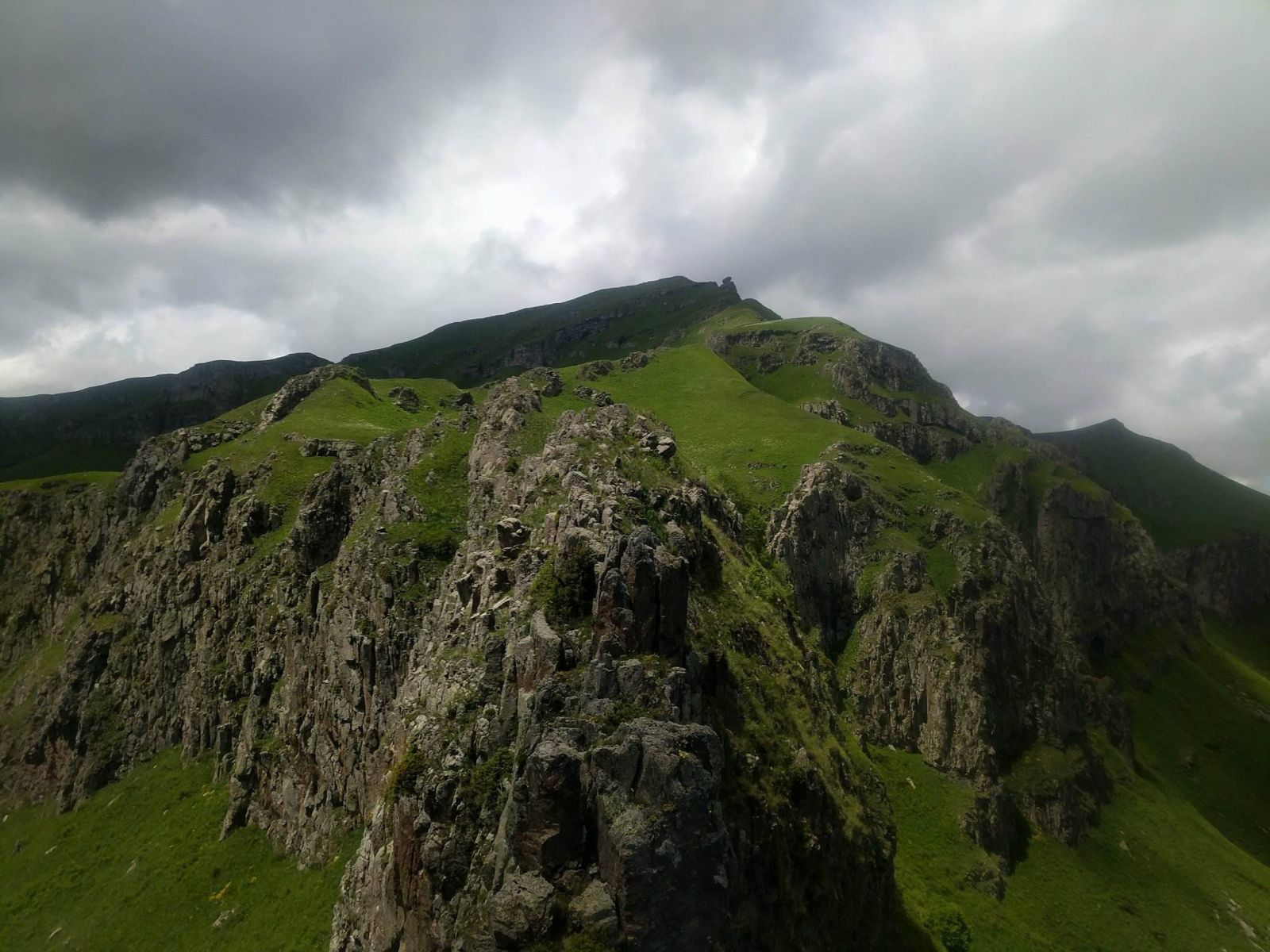
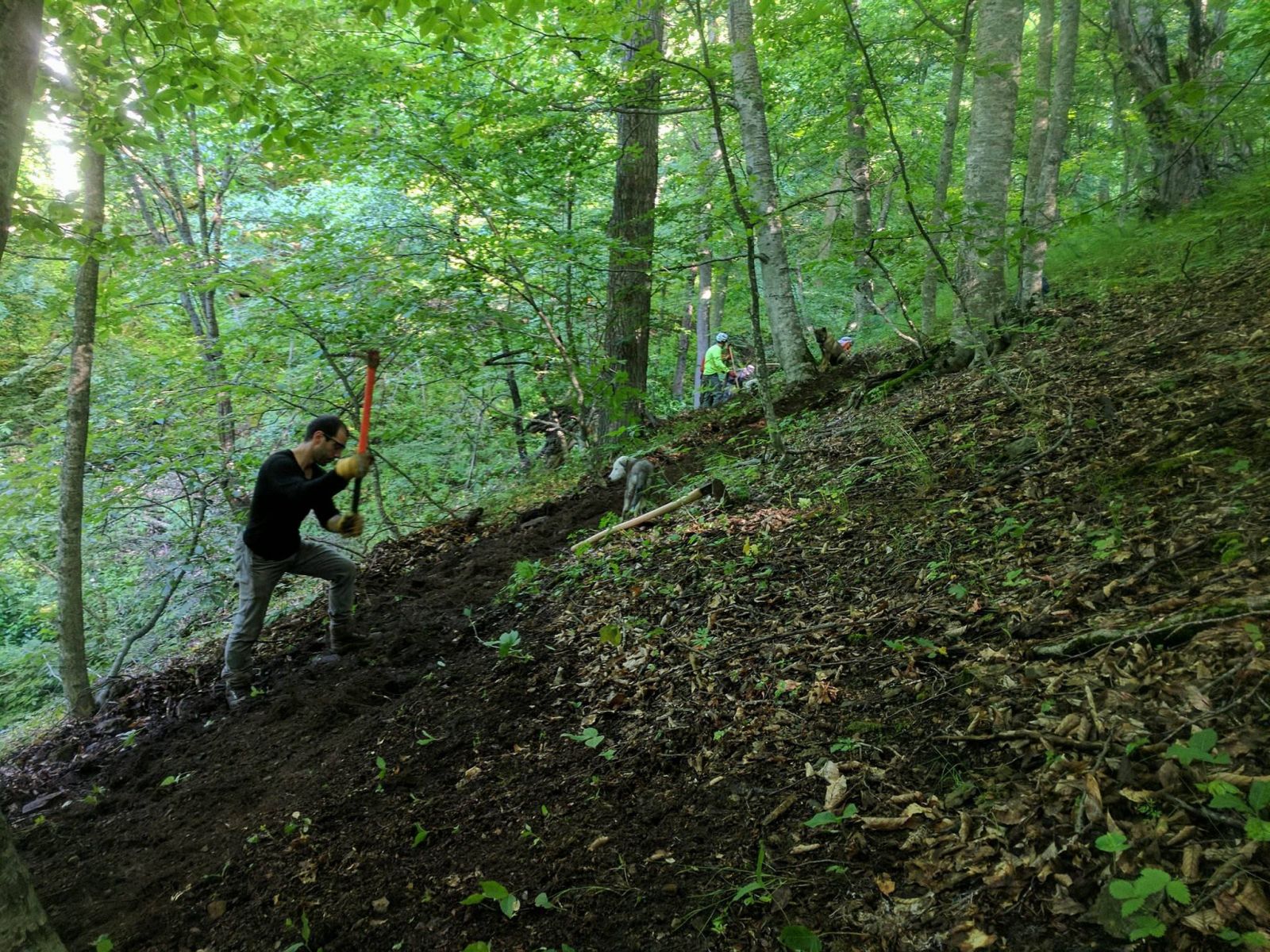
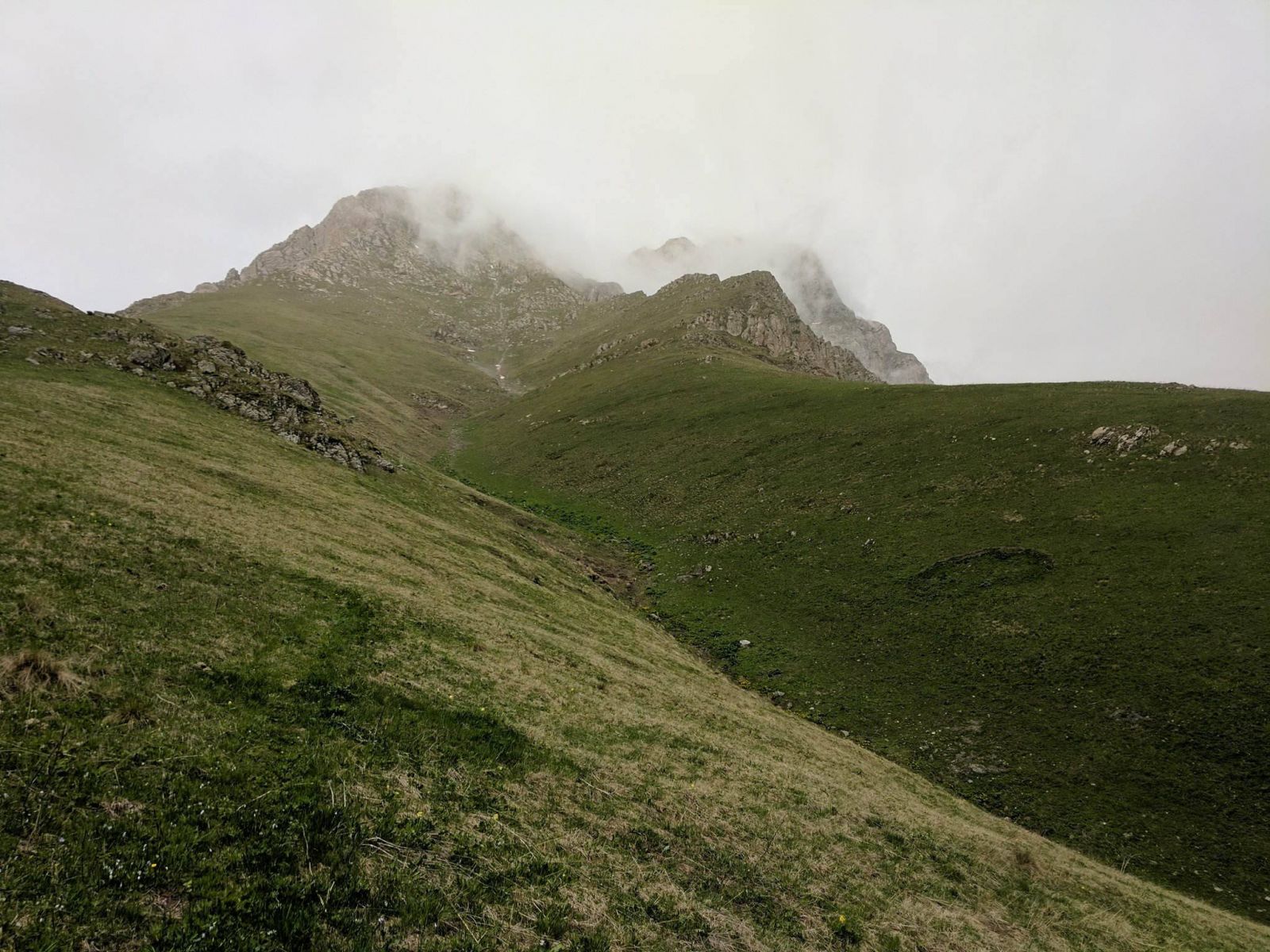
.jpg)
